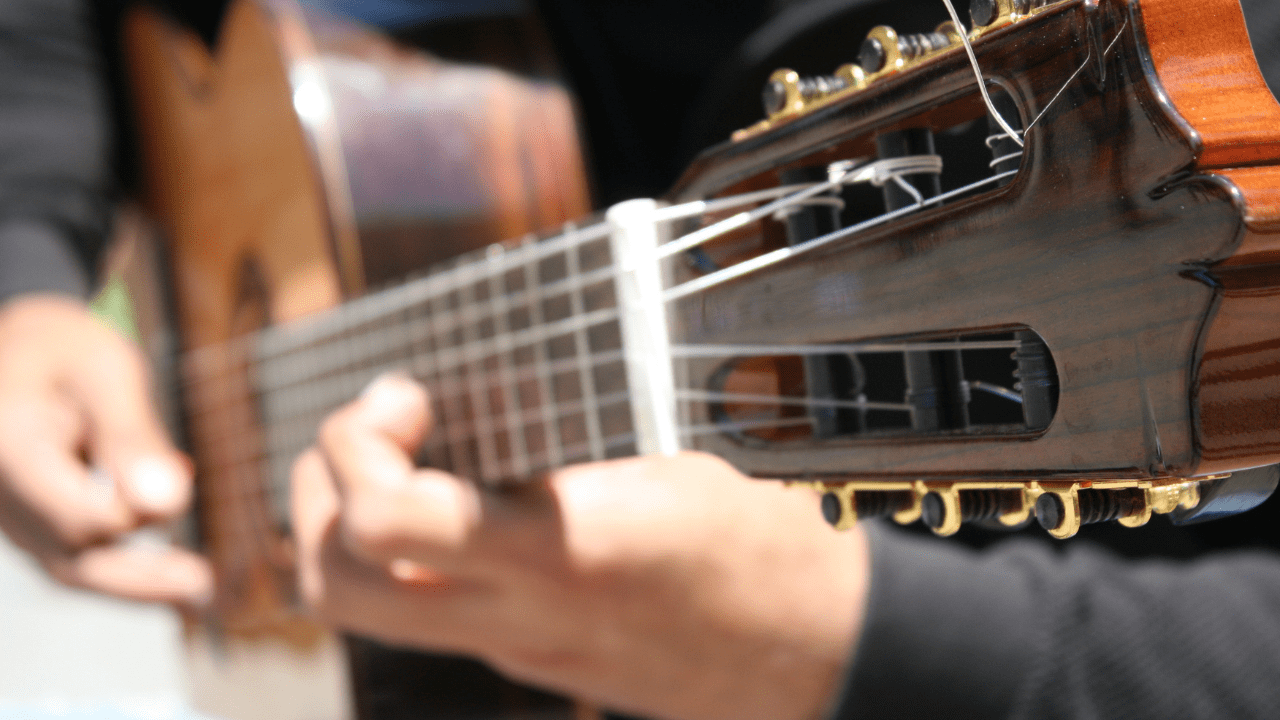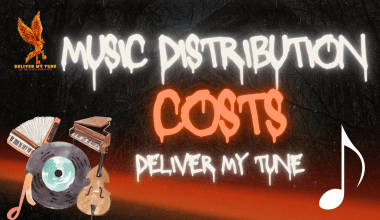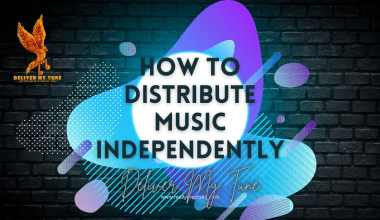Music is magical. It tells stories, expresses emotions, and connects people. But did you know that some of your favorite new songs might have a secret connection to older ones? That’s the beauty of interpolated music.
In simple terms, interpolated music is when artists take parts of an older song—like its melody or rhythm—and recreate it in a new way. This isn’t about copying or stealing. It’s about giving a fresh twist to something familiar. It’s like taking your grandmother’s secret recipe and adding a modern flavor to it.
Artists use interpolation to celebrate the past while creating something fresh for today’s listeners. You might not even realize it when you’re jamming to a tune, but many hits you love borrow elements from classics that your parents or grandparents enjoyed.
Why is Interpolated Music So Popular?
Let’s face it: people love familiar sounds. Think about how a specific tune can take you back to a moment in your life. That’s what interpolated music does—it blends nostalgia with innovation. Here are a few reasons why interpolated music is everywhere today:
- Bringing Old Songs Back to Life: Many songs we hear today remind us of the past. For instance, artists take a melody from an old hit and give it new energy. This makes the music enjoyable for older fans and exciting for younger listeners.
- Legal Simplicity: Sampling (using a direct piece of a song) can get tricky with copyright. With interpolation, artists recreate the music themselves, which can make licensing easier.
- Emotional Connection: A familiar melody can tug at your heartstrings, even in a brand-new song. This emotional power is what makes interpolated music so special.
Interpolation vs. Sampling: What’s the Difference?
Many people confuse interpolation with sampling. Here’s how they’re different:
- Sampling: Imagine taking a slice of cake from someone’s plate and putting it on yours. Sampling involves using an actual piece of the original song’s recording.
- Interpolation: Now imagine baking your own cake, but using the same recipe. Interpolation means recreating a part of the song—like the melody or rhythm—from scratch.
Both methods bring old music into the spotlight, but interpolation allows for more creative freedom.
A Walk Down Memory Lane: History of Interpolated Music
Music has always been about inspiration. Long before terms like “interpolation” existed, artists were reworking and reimagining melodies. Here’s a quick journey through its history:
- Folk Music Roots: In the early days, folk singers reused traditional tunes, adding their own words and stories. This was the earliest form of interpolation.
- Jazz and Blues: Musicians like Louis Armstrong and B.B. King often drew from older songs, blending them into their improvisations.
- The Birth of Hip-Hop: In the 1980s, interpolation became a staple in hip-hop. Rappers and producers took old funk and soul tracks, reimagining them for their beats and lyrics.
- Today’s Hits: Pop, R&B, and electronic music now use interpolation widely. Artists like Taylor Swift, Drake, and Olivia Rodrigo regularly breathe new life into older tunes.
Famous Examples of Interpolated Music
Some of the biggest hits in music wouldn’t exist without interpolation. Here are a few examples:
- Taylor Swift – “Look What You Made Me Do”
- Interpolated “I’m Too Sexy” by Right Said Fred. She gave the old hit a sassy and modern vibe.
- Beyoncé – “Crazy in Love”
- Borrowed the melody from The Chi-Lites’ “Are You My Woman?” and turned it into a timeless anthem.
- Eminem – “Sing for the Moment”
- Recreated Aerosmith’s “Dream On”, blending rock with rap in an emotional masterpiece.
- Bollywood Movies
- Indian film music often interpolates traditional folk tunes or even older film songs, making them relatable for new generations.
How Do Artists Create Interpolated Music?
Making interpolated music isn’t as simple as it sounds. It takes skill, creativity, and respect for the original work. Here’s how the process usually works:
- Find Inspiration: Artists or producers identify a song they love and think will resonate with their audience.
- Reimagine the Tune: They recreate parts of the original, like the melody or rhythm, adding their unique spin.
- Get Permission: Even though the music is recreated, artists often need approval and share credit with the original songwriters.
- Mix in New Elements: To make it fresh, they add new lyrics, beats, or instruments.
- Polish the Sound: Advanced tools like AI mastering help refine the track, ensuring it sounds professional and cohesive.
Why Listeners Love Interpolated Music
Music is powerful because it evokes emotions, and interpolated music does this beautifully. Here’s why it resonates with so many people:
- Familiarity: A hint of an old tune brings back memories.
- Freshness: The new spin makes it exciting and modern.
- Connection: It bridges generations, letting parents and kids enjoy the same song for different reasons.
Challenges of Interpolated Music
While interpolation is creative and nostalgic, it’s not without challenges:
- Balancing Old and New: Artists must ensure their version stands out while respecting the original.
- Legal Issues: Even with permission, disputes can arise over how much credit the original creators should get.
- Criticism: Some purists feel interpolation is lazy or unoriginal. However, when done right, it’s a celebration of music’s timelessness.
The Role of Technology in Interpolation
Technology has revolutionized music, and interpolation is no exception. Tools like DAWs (Digital Audio Workstations) and AI have made it easier to analyze and recreate melodies. Artists can experiment with sounds and ideas before settling on the perfect blend of old and new.
The Future of Interpolated Music
As music continues to evolve, interpolation will remain a key trend. Here’s what we might see in the future:
- AI-Powered Interpolations: Machines might analyze classic tracks and suggest modern reinterpretations.
- Cross-Genre Interpolations: Imagine a pop song reworking a classical melody or a hip-hop track inspired by a folk tune.
- Global Collaborations: Artists from different cultures could combine their musical traditions through interpolation.
Interpolated Music in Independent Music Production
Independent artists are increasingly using interpolation to stand out. Platforms like Deliver My Tune empower these creators to distribute their interpolated tracks globally while handling licensing and royalties transparently.
If you’re an independent musician looking to explore interpolation, here’s why it’s worth considering:
- a Tribute: Honoring the music that inspired you.
- It’s Cost-Effective: A recreated melody can give your song a hit feel without expensive production.
- It’s Creative: A unique way to connect with your audience.
Conclusion: Why Interpolated Music Matters
Music is a conversation across time. Interpolated music allows us to revisit beloved songs and introduce them to a new audience. It shows that creativity doesn’t have to start from scratch—it can build on what came before.
The next time you hear a song that feels familiar, take a moment to appreciate the layers of history and artistry behind it. Whether you’re a musician or a listener, interpolated music is a reminder that great art is timeless—and always ready for a fresh perspective.
Related Articles:
For further reading, explore these related articles:
- The World of Indian Gane: A Beautiful Journey Through Indian Music
- Top Male Singers: The Voices That Inspire Us
For additional resources on music marketing and distribution, visit DMT RECORDS PRIVATE LIMITED.






